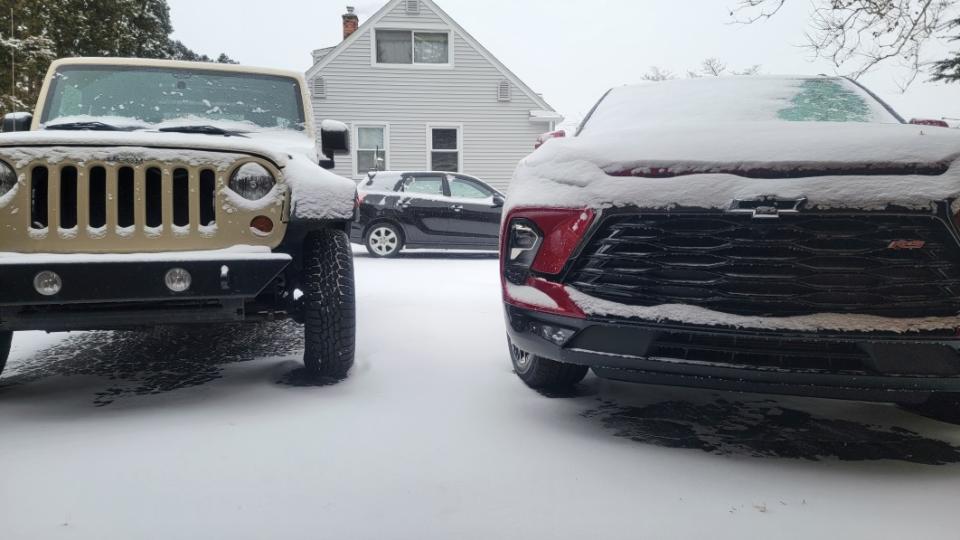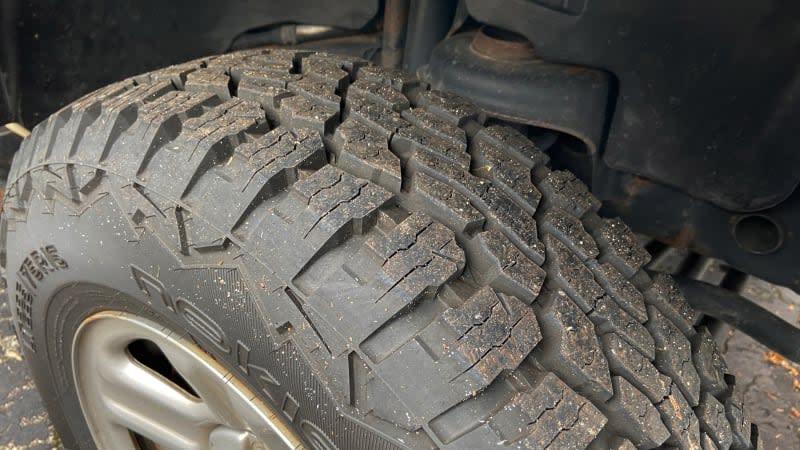How to winterize your car

The cold is upon us, and just like your pets need certain concessions when Jack Frost comes to visit, your car does, too. We put together prime winterization tips, and got some additional advice from Richard Reina, the product training director at online vehicle parts portal CARiD.com.
Winterization tasks fall into two categories: Car care and personal safety. Both are important, most will change the winter driving experience. We’ll start with personal safety since that helps you and your car survive the season.

SWITCH TO WINTER TIRES
Read More: Best snow tires for winter 2022 and 2023
Every knowledgeable source we know of recommends winter tires. YouTube is full of videos demonstrating how much better winter tires perform than all-season tires in snow and ice. Accelerating, steering, and braking are improved by winter tires.
We know you paid extra for all-wheel drive so you could avoid this step. But AWD is half of the winter driving equation. Richard Reina said, “Those AWD drivetrains may provide extra traction, but they provide no help with steering or braking on slippery surfaces.” That is, AWD can send power to the wheel with the most grip. If no tire will grip, AWD is useless.
Winter tires use rubber compounds formulated to resist hardening in freezing temps, maintaining their elasticity and grip when everything else outside – like an all-season tire – is getting hard and slippery. Their tread patterns are designed to clear snow and slush.
No matter which tires are on your car, make sure they have sufficient tread and they’re inflated to the proper pressure. That’s a tip for year-round, not just winter.
WINTER WIPERS AND WASHER FLUID
Read More: How to change wiper blades and washer fluid
Windshield wipers are made of rubber products just like tires, so consider buying winter wipers designed to stay more pliant. Having a blade leave a slushy streak on the windshield every time it travels is annoying and potentially dangerous.
Keep an extra set of blades in the car (ideally) or at home. Blades should be changed every six to 12 months, Reina saying “The 6-month regimen is best conducted every spring and fall.” You don’t want to wait until frozen rain starts falling to find out you need new wipers. Ask any auto parts store employee – that’s when the stampede begins. Reina recommends Bosch blades like the Snow Driver, saying, "Beam style blades tend to fare better in the winter: their design makes it difficult for snow and ice to accumulate." Another good option are Rain-X Latitude blades "that introduced water repellency, doing a better job of pushing moisture off the glass than other blades," and that don't have traditional metal frames that can freeze. For a budget option, try Aero all-season blades that come with a six-month money-back guarantee.
And a reminder from Reina, “Don’t forget the rear wiper on wagons and SUVs.”
While you’re at the auto parts store, spend the extra few dollars to buy a couple of bottles of washer fluid, and keep your car’s fluid reservoir full.
PACK A WINTER SAFETY BUNDLE
It wasn’t 12 months ago I was sitting on the side of the highway in my Corvette after a snowstorm. I’d broken the unwritten rule of having the wrong car for the drive, as well as the rule I just wrote about having snow tires. I didn’t have any safety gear in the car, either, and only a quarter tank of gas. My plan — the only one available — was to sleep in the two-seater for 36 hours, running the engine intermittently, until the weather warmed enough to melt the ice on the road.
Don’t be like me.
Pack a small duffle with items that can get two people sheltered in place in a car for 48 hours. The essentials are a blanket or sleeping bag, hat and gloves, energy bars, canned food and can opener, first aid kit, and phone charger. Water is always a good idea, but fill any container only halfway; you need to leave space for freezing water to expand. Don't use a thermos, it will want to keep any frozen water frozen. To go all the way with prepping, add flares, triangle reflectors, a safety vest, and a foldable shovel. If you have an older car with mechanical locks, a glycerine de-icer isn’t a bad idea as long as you can keep it outside the car.
You should always have an ice scraper with a brush. And please scrape your headlights, taillights, and roof, too! You should always carry jumper cables, a flashlight, extra fuses, a small funnel, a tire pressure gauge, and a spare key hidden outside the car year-round.

 Yahoo Autos
Yahoo Autos 
